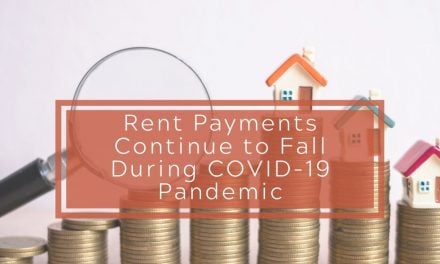 The IRS recently released final “Guidance Regarding Deduction and Capitalization of Expenditures Related to Tangible Property”. The 222 pages of regulations explain (at length) how to deduct improvements and repairs to both commercial and residential properties. The new regulations take effect the beginning of the next calender year and surprisingly have some benefits for owners of rental property.
The IRS recently released final “Guidance Regarding Deduction and Capitalization of Expenditures Related to Tangible Property”. The 222 pages of regulations explain (at length) how to deduct improvements and repairs to both commercial and residential properties. The new regulations take effect the beginning of the next calender year and surprisingly have some benefits for owners of rental property.
This guidance is the most significant change in tax laws since 1986. These new regulations clearly define IRC Sections 263(a) and 162(a). These two sections cover whether an expense is classified as an improvement, and must be capitalized or depreciated over many years or if it’s a repair or maintenance, and can be deducted in a single year.
Over the last decade there have been court case after court case (some conflicting) on whether something should be considered a capital improvement or a repair. This new guidance clearly defines how deductions should be classified. Obviously, property owners prefer expenses to be classified as repairs (or maintenance) so they can deduct the entire amount in one year whereas the IRS would likely prefer the opposite.
One of the benefits I mention above is called the “safe harbor for small taxpayers” which allows a qualifying taxpayer to elect to deduct the entire cost of the repair, maintenance, or improvement as long as the expense does not exceed two percent of the cost of the building or $10,000 whichever is less. The limit and safe harbor are applied on a per property basis However, if you exceed the annual limit none of the expenses for that property can be deducted under the safe harbor.
In my next blog I will cover what constitutes routine maintenance and changes to the regulations that may effect property managers and landlords.





